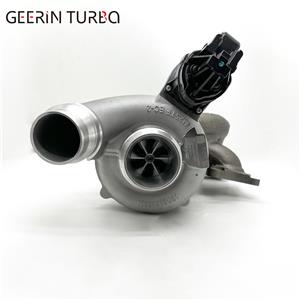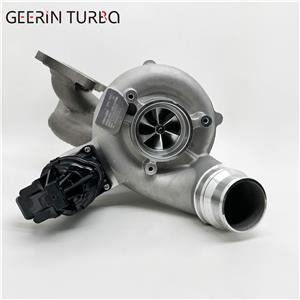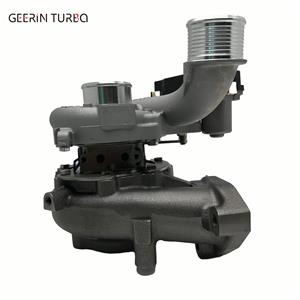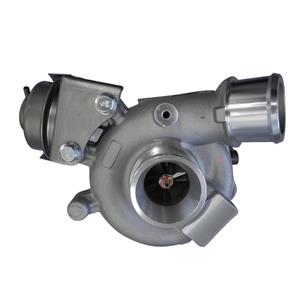A must read for foreign trade people! 5 ways to find big customers
A must read for foreign trade people! 5 ways to find big customers.
1. Does a major customer have to be a high-quality customer?
The answer is not necessarily. For example, large customers such as Wal-Mart and IKEA have a large purchase volume but a low price. Our company does not want to accept it, nor can it be accepted because of the company's product direction, quality standards, and product price, as well as supporting production facilities. etc., cannot meet the purchasing requirements of such large retailers.
Therefore, even if this kind of customer is big, it may be a good customer for other companies, but for our company, it is not. If I come across such a client, I don't spend much time following up.
2. Are the major customers who are in line with the company's product direction and price, just focus on following up with customers?
My answer to this question is still not necessarily, for example, the largest retailer customer T in Japan I worked with before. This customer's product direction and price meet our company's requirements, but he is still not.
why? Because of their harsh factory inspection conditions, we were discouraged. According to this customer's cooperation process, the factory must pass their factory inspection requirements before the order is confirmed.
If we improve all the details, the cost we need to spend is only made up by the profit of an unknown number of orders. Even if the order is confirmed, the first batch given to us by this customer is far from enough for us to improve the cost of the plant.
They do not guarantee what the future orders will be, and we have no way of knowing. Some people may be thinking that we should overcome difficulties, so as to facilitate the reception of higher-quality customers in the future. This idea is correct, but the premise is that the cost of improvement is not more, or on the premise that there is business between the company and its customers.
If the company's business is in a state of non-starvation, for a new customer, and a new customer who cannot guarantee the order volume, it will spend a lot of money to clean up the factory, and consume a lot of money in advance. Money, this kind of risk, I think, most company owners are not willing to bear, but if the customer's order is placed, our improvement will be completed along with it.
3. Potential customers must be in line with the company's development and progress.
Judging whether a customer is a high-quality potential customer, this standard is relative to the enterprise, and the basis for this judgment will also change in different development periods of the enterprise.
For example, when the company has an annual output of more than 100 million yuan, it is easy to get in touch with major customers and high-quality customers in the industry. Small customers in the company generally can only stand on the sidelines.
However, if there are some problems in the enterprise one day and the production capacity has to be reduced, then the small customers that we were unwilling to receive can also become our target customers and become key potential customers. At that time, as long as the company can eat enough That's it, what else are we talking about?
4. Preliminarily screen out our target customers
1. Judgment of product direction:
For example, our products are indoor panel furniture, if the customer's website sells solid wood, or outdoor furniture, iron furniture products, then such customers are not our target customers, unless the company is setting up a new material workshop , the future can meet the production of such customer products.
2. Price judgment:
We can judge the approximate price of customers' products in the following two ways:
1) If the evaluated customer is in the market, there is a customer we are cooperating with, and the company size is similar, you can refer to the price difference of similar products on the customer's official website.
For example, our product is sold for $100 on the customer's website, and our ex-factory price is $25. The selling price in the customer's retail market is 4 times our ex-factory price. We can use this multiple to see the same market and the same type of product , Under the same sales channel (e-commerce, or wholesale), whether the customer's price is suitable for our company's export price level.
If the selling price is similar, then the price is suitable for us. This reference can also be used as an important reference when we make quotations with customers, but this is just an idea, and I cannot say it is 100% accurate. We need to continue to engage with customers and understand their real needs before finally making a decision.
2)We can directly contact the customers, or indirectly through the peers that the customers are cooperating with, to understand the approximate product price of such customers. If the suppliers in cooperation with the customers are similar in size and product positioning to our own company, we should Consider how to dig corners.
3. Product positioning:
Product positioning is closely related to product price. We usually use high, medium, and low grades to judge the product positioning of these customers. Products with good prices are naturally better in quality, better in materials, and higher in positioning. Conversely, the positioning is lower.
In this regard, sometimes we can make a preliminary judgment based on the customer's current purchasing area, whether they meet the company's product positioning and price. In our opinion, if the customer's purchasing place was originally concentrated in Zhejiang, Fujian and other places, If I want to move to Guangdong for production and quotation, I will choose to be cautious. As far as I know, the price of similar products in Zhejiang, Fujian and other places is about 30% lower than that of Guangdong factories.
Of course, the quality is also different. If the customer sees the quotation from the Guangdong factory, it may be difficult, because the price difference is too far, although we both know that the product quality is different. But it will be more difficult for customers to switch suppliers to Guangdong.
Just like a customer who is used to eating food stalls, you let him run into a five-star hotel for the first time to consume. He will think that the food and drinks in the five-star hotel are expensive, but this customer really does not consume it. ? Not necessarily, maybe the customer wants to change the taste and consume high-end dishes, it is not impossible, or maybe, the customer found that the previous purchasing direction was wrong and wanted to find a product that suits his positioning again. We will still try our best to serve the guests from the region, but we are relatively cautious.
5. How to judge whether the customer is worth our time to focus on follow-up?
1. Project prospect
2. The strength of the customer itself
3. Purchase volume
4. The influence of other suppliers in the customer cooperation in the industry
5. Urgency of need
6. The decision-making power of project docking personnel




